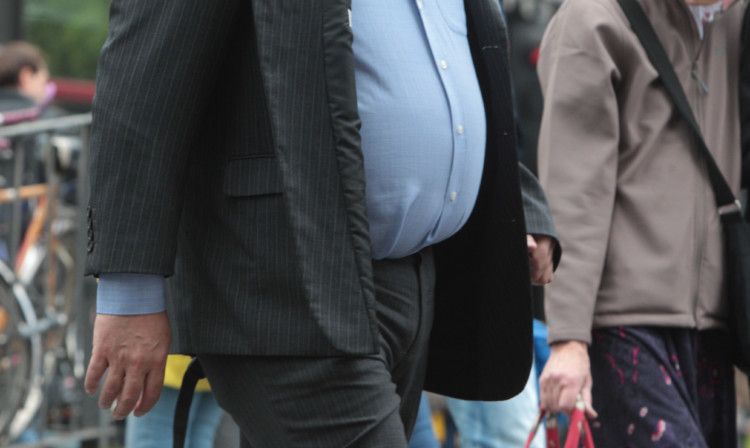Obese patients have cost Courier Country hospitals hundreds of thousands of pounds in the last three years.
Expensive specialist or strengthened equipment designed to treat the severely overweight, such as heavy duty commodes, hoists and reinforced mattresses, are on a lengthy list of items purchased by NHS Tayside, Fife and Forth Valley since 2011/12.
In Tayside alone, more than £160,000 was spent on bariatrics equipment including almost £30,000 on beds, £20,000 on chairs, and £35,000 on theatre tables.
Spending on oversized dignity gowns cost the health board £6,000 over the three years, while £716 went on a sling and £130 on a body bag.
Fife health chiefs forked out almost £42,000 in total, more than half of which (£26,394) went on a bariatric dental chair.
They also paid £5,260 on a hoist, £1,000 on a commode and another £1,000 on an exam plinth.
Heather Knox, NHS Fife director of acute services, said: “NHS Fife has a duty of care to all patients and has been investing in equipment for a number of years to ensure the comfort and safety of all the patients we look after.”
A spokeswoman for NHS Forth Valley said no structural alterations had been made to facilities in relation to bariatric patients.
She added: “We currently spend around £3,000 per year for the annual hire of three bariatric beds (including maintenance).
“In 2013/14 we spent around £11,000 on bariatric moving and handling equipment which included lifting kit, slings and glide sheets.”
The Scottish figures, made available after a freedom of information request, follow reports that NHS health boards in England and Wales spent £5.5 million over the same period on similar equipment.
That included systems to keep bodies cool because they were too large to fit into mortuary fridges.
Some UK hospitals even had to widen corridors to cope with increasing numbers of obese patients.
It is estimated that a quarter of UK adults are obese and that number is expected to grow to more than half of the population in the next 30 years.
Tam Fry of the National Obesity Forum said: “If NHS spending on overweight patients is as low as £10 million a year by 2050, we might have got away lightly.
“It has got to such a point that so much now has to be widened and strengthened.”
